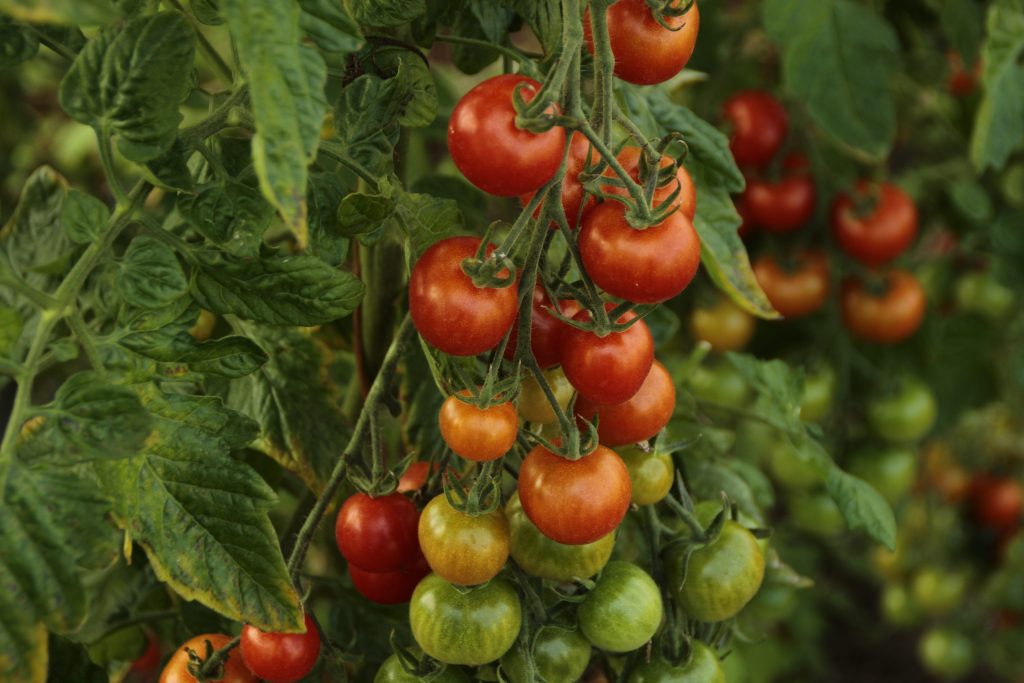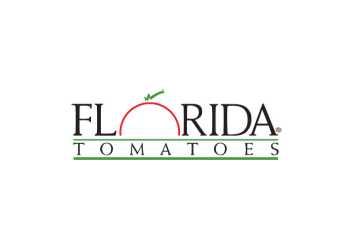By Clint Thompson

On the surface, an oversupply of Florida tomatoes helped lead to suppressed prices for the industry. However, one industry leader stresses that supply still pales in comparison to previous seasons.

“Look at what’s happened to our industry over the last one to two decades. An industry gets beaten down over a couple of decades and you have a year where you produce a little bit more and people say they’re overproducing,” said Michael Schadler, manager of the Florida Tomato Committee and executive vice president of the Florida Tomato Exchange. “Actually, no we’re not. We’re just trying to hang on here.”
Florida growers have been trying to hang on for decades amid rapidly increasing imports from Mexico, especially since the turn of the century. There was a 52% decline of Florida tomato production from 2002 to 2019. Mexican imports of tomatoes expanded by 152% from 2005 to 2020.
Mexico’s U.S. market share in tomatoes was 66% in 2020, compared to 28% for Florida. Mexican imports of tomatoes increased from $1.5 billion in 2012 to $2.38 billion in 2020; a margin of 51%. Its average sales were $1.9 billion, compared to Florida’s annual sales of $387 million.
University of Florida (UF) research confirms that if imports increase by 50% in the coming years, it would cost farmers as much as $252 million per year. That equates to 27% in revenue.
Local production may have increased this year, but it was only by necessity. Growers are trying to revive a once booming industry.
“The production levels we’re seeing ourselves at this year are still at historically low volumes. Maybe we’re going to be a little bit higher than we were the last two years but we’re still down if you look at three, four or five years ago. We’re still down in production,” Schadler said. “It’s not like we’re having a boom year and we’re back to good old days when we were doing 50 million boxes of tomatoes during our season. We’ve seen an incremental decline in this industry and there’s still a lot of pressure on us.
“We’re still a sizable industry. We’re producing a lot of tomatoes, and we hope to produce more. We’re not just trying to survive, we’re trying to bounce back and thrive. There’s demand for our product, but when you get in these periods of oversupplied markets, oversupplied by all of the producers in North America, it’s a difficult environment for everyone.”









